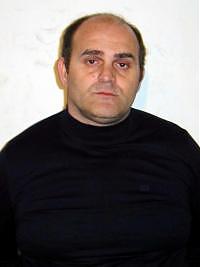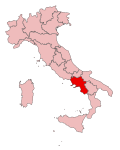2005
On February 26, 2005, Amato was arrested along with five other clan members by the Catalan police while leaving a casino in Barcelona. His arrest came one month after that of his arch-enemy and former boss Cosimo Di Lauro. [5] Amato was eventually extradited to Italy, where he had been accused of murder and drug trafficking. The Italian Interior minister, Giuseppe Pisanu hailed his capture as "a signal to the people of Naples that we are winning the fight against the Mafia". He stated that his capture meant the two Camorra factions blamed for the spate of killings in Naples have both been decapitated. Furthermore, Pisanu urged more witnesses to break Omertà, the Camorra code of silence and step forward with evidence. [6]
In 2006, he was released because the limits of his temporary arrest expired. He became a fugitive again. [7]
2009
On February 26, 2009, Amato was arrested in the Spanish city of Barcelona in a joint operation between Italian and Spanish police. [8] Prior to his arrest he had been living under a false name on the Costa del Sol. [9] He is accused of eight homicides between 1991 and 1993 during the so-called Mugnano feud, and of being "the principal, or one of the principal importers of cocaine into Italy". [7] [9]
He was extradited to Italy and received a 20-year jail sentence on May 19, 2010, in the trial against 48 members of the Amato-Pagano clan. He was charged with Mafia association, drug and arms trafficking and money laundering. He will be stripped of € 20 million in assets in property, businesses and bank accounts in Italy, Spain and Monaco. [10]

